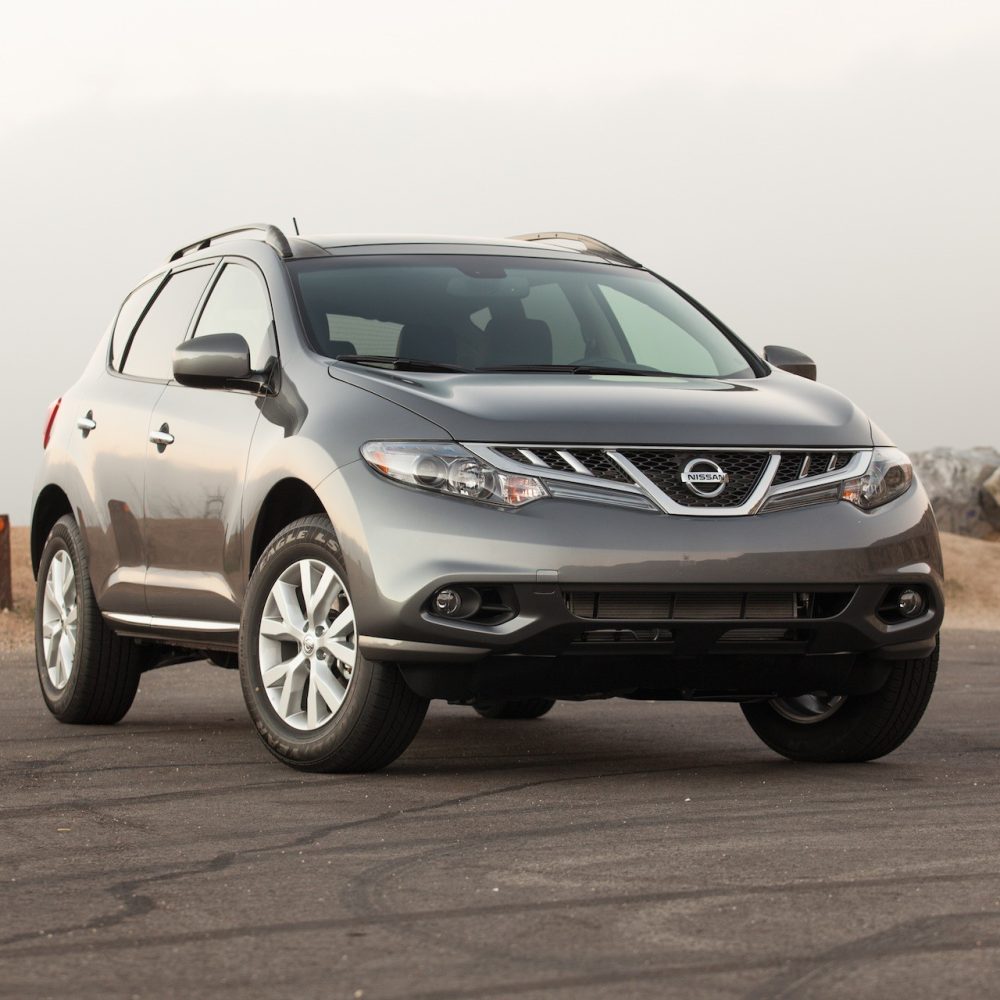The Datsun Bluebird, a name synonymous with reliability and practicality, carved a unique path in the automotive landscape. Its journey, spanning over five decades, mirrored the rise of Nissan as a global force. This article delves into the rich history of the Bluebird, exploring its various iterations and the impact it left on the car world.

Taking Flight: The Early Bluebirds (1959-1973)
Nissan, then known as Datsun, introduced the Bluebird in 1959. This compact car, initially offered as the 310 series, marked a significant departure from previous Datsun offerings. The 310 boasted a modern, unitary body construction and a choice between a 1.0-liter or a 1.2-liter engine. Notably, it introduced front-wheel independent suspension, a feature that enhanced ride comfort. The Bluebird found favor with families seeking an economical and dependable car.
The baton was passed to the 410 series in 1964, which offered a more powerful 1.3-liter engine and a sleeker design. However, it was the 510 series, launched in 1967, that truly catapulted the Bluebird to fame. This iteration, available in sedan and coupe body styles, sported a 1.6-liter engine that delivered a spirited driving experience. The 510, particularly the SSS (Super Sport Sedan) variant, gained a cult following for its nimble handling and impressive performance, becoming a favorite among enthusiasts and racers alike.

Beyond Borders: The Bluebird’s Global Expansion (1973-1984)
As the 1970s dawned, the Bluebird continued to evolve. The 610 series, introduced in 1973, adopted a more boxy design language, reflecting the era’s styling trends. It offered a wider range of engine options, catering to diverse needs. The Bluebird’s reputation for reliability and durability continued to solidify, making it a popular choice in markets worldwide.
The 810 series, launched in 1979, marked a turning point. Nissan began phasing out the Datsun brand in favor of its own name. The 810, also known as the Bluebird 910 in some regions, was the last rear-wheel-drive Bluebird. It boasted a more luxurious interior and a focus on comfort, reflecting changing consumer preferences.
A New Era: The Bluebird Embraces Modernity (1984-2007)
The Bluebird entered a new chapter with the introduction of the U1 series in 1984. This iteration embraced front-wheel drive, a technology that was gaining traction at the time. The U1 offered a modern design and a range of fuel-efficient engines, making it a strong competitor in the burgeoning compact car segment.
Subsequent generations, including the T12 (1987) and the U13 (1991), continued to refine the Bluebird formula. These models offered improved performance, better fuel economy, and a host of technological advancements. Notably, the Bluebird became the first Nissan car to be equipped with continuously variable transmission (CVT) technology in the early 1990s.

The Final Farewell: A Legacy Endures (2007-Present)
The Bluebird’s production came to an end in 2007, with the introduction of the Nissan Sylphy taking its place in most markets. However, the Bluebird’s legacy continues to resonate with car enthusiasts and collectors worldwide. Its enduring popularity stems from its core strengths – reliability, practicality, and a touch of driving spirit.
Beyond Affordability and Efficiency: A Spark for Performance Enthusiasts
While affordability and practicality were hallmarks of the Bluebird, it wasn’t without a touch of driving spirit. The iconic 510 series, particularly the 510 SSS, offered a peppy engine, upgraded suspension, and a focus on handling. This performance-oriented variant carved a niche for itself in the world of motorsports, capturing the hearts of racing enthusiasts and proving that a practical car could still be fun to drive.

Performance and Engine Options
The Datsun Bluebird’s legacy in terms of performance is one of offering options. It wasn’t just a car for budget-minded families; it also catered to driving enthusiasts with its iconic 510 SSS. This diversity in engine options allowed the Bluebird to resonate with a wider range of drivers, solidifying its position as a well-rounded and versatile car.
Even though the Bluebird’s production has ceased, its impact on the performance car segment is undeniable. It showed that affordability and practicality could coexist with a touch of driving spirit, inspiring future generations of sporty yet practical cars.
The Datsun Bluebird: A Champion of Affordability, Reliability, and Efficiency
The Datsun Bluebird’s legacy extends far beyond its own sales figures. This iconic car left a significant mark on the automotive industry, particularly in three key areas: affordability, reliability, and fuel efficiency.
Making Cars Accessible: The Power of Affordability
Prior to the Bluebird’s arrival, Japanese cars weren’t widely known for their affordability. The Bluebird, however, changed the game. With its competitive pricing and focus on value, it opened the door for many families to consider a new car. This focus on affordability democratized car ownership, making it a more attainable dream for a wider segment of the population.
Building Trust: A Symbol of Reliability
The Bluebird quickly gained a reputation for being a car you could rely on. Its robust construction and simple design minimized the risk of breakdowns, a crucial factor for everyday drivers. This focus on reliability not only boosted consumer confidence in Datsun, but also helped establish a foundation for the overall reputation of Japanese cars as dependable workhorses.
Fueling Efficiency: A Pioneer in Economy
As fuel prices began to rise in the 1970s, the Bluebird’s fuel efficiency became a major selling point. Nissan engineers prioritized lightweight construction and efficient engine design, allowing the Bluebird to deliver impressive miles per gallon. This focus on fuel economy not only resonated with cost-conscious consumers, but also presaged a trend that would become increasingly important in the decades to come.
The Bluebird’s impact transcended its own success. It paved the way for a generation of affordable, reliable, and fuel-efficient Japanese cars that would dominate the global market. Its influence can be seen in countless models that followed, all striving to deliver the same core values that the Bluebird championed.
In conclusion, the Datsun Bluebird wasn’t just a car; it was a symbol of a changing automotive landscape. By prioritizing affordability, reliability, and fuel efficiency, it played a pivotal role in making cars more accessible, dependable, and economical for everyday drivers worldwide. This legacy continues to shape the industry today, reminding us of the importance of practicality and value in the ever-evolving world of automobiles.

The Bluebird’s story is not just about a car; it’s a testament to Nissan’s remarkable journey. From its humble beginnings as a family car to its evolution into a global icon, the Bluebird played a pivotal role in shaping the automotive landscape. Its impact is undeniable, leaving behind a legacy that continues to inspire generations of car enthusiasts.





